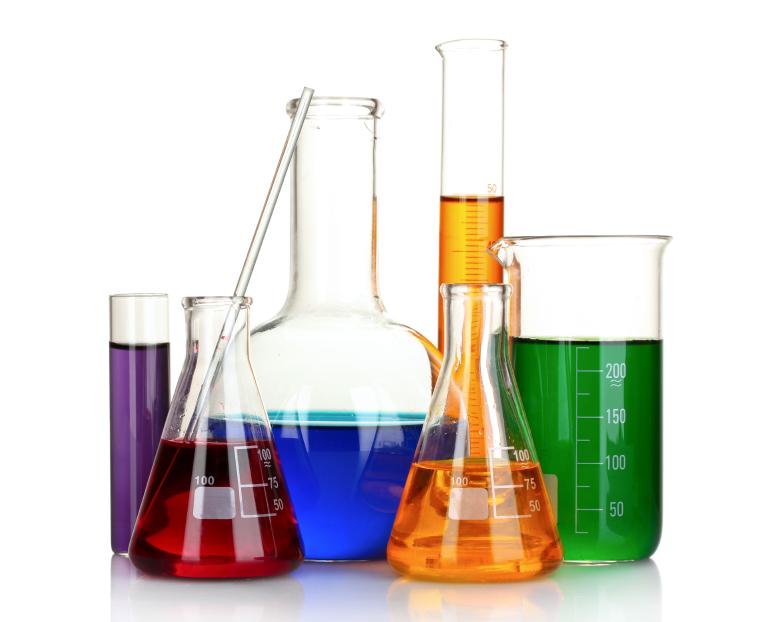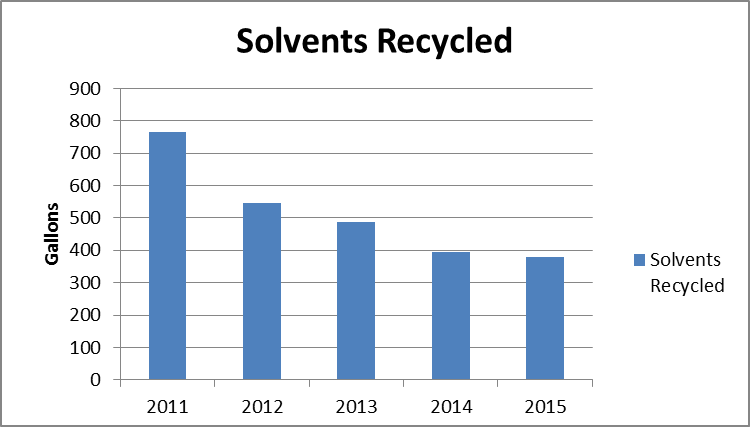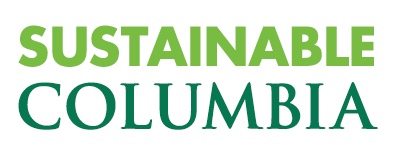Lab Material Recycling

Morningside Campus:
What are the rules?
Columbia University's Morningside Campus complies with all local, state and federal regulations regarding the handling, storage and disposal of laboratory chemical containers and glassware. If you have an empty, intact and clean chemical container (glass, metal or plastic, with or without a bar code), follow all normal hazardous waste procedures. Rinse the empty container with water, deface the label and deposit it in the yellow central receptacle located on your floor.
How do I dispose of broken, unclean or biologically contaminated lab material?
If you have unclean and broken containers or glassware, follow all normal hazardous waste procedures. Deposit the item in the blue plastic containers in the lab. If you can, remove the bar code or write down the numerical bar code sequence. Give the bar code or sequence number to the chemical tracking team in 154 Chandler (chemistry, 212-854-5207) or 200ST Pupin (biology, 212-854-7469) so the item can be removed from inventory.
If you have clean and broken containers or glassware, remove the bar code or write down the bar code sequence and provide this information to the chemical tracking team in 154 Chandler (chemistry, 212-854-5207) or 200ST Pupin (biology, 212-854-7469) so the item can be removed from inventory. Afterwards, rinse the container with water (containers must be completely empty of chemicals) and deposit the container into the plastic-lined cardboard Glassware Disposal Box in your lab. Once this box is filled, close the box and place in the corridor for removal by Facilities. You can obtain replacement boxes from the appropriate chemical tracking team.
If you have biologically contaminated glassware (all pipettes, volumetric and Pasteur), deposit the items into the large 8-gallon sharps containers.
For removal of any type of container, place a request by using the EH&S online form, or call Environmental Health & Safety at 212-854-8749.

Solvent Recycling at Columbia
Environmental Health Safety partnered with the Departments of Pathology and Dermatopathology at CUMC to begin an on-site recycling program for spent xylene and ethanol used in these laboratories and returning to it use over and over again. Many years and many thousands of gallons later (these laboratories recycle in excess of 3,000 gallons of xylene and ethanol annually) the program is running strong and maintaining green benefits, both environmental and financial.
The program has recently expanded to include methanol and ethanol, and now includes laboratories in Chemistry, APAM, Biology and Engineering. Additionally, a second solvent recycler, purchased in 2011, is servicing the Northwest Corner Building, Pupin, Shapiro, Mudd, Fairchild, Engineering Terrace and Schermerhorn, thereby increasing the total yield of recoverable solvents.
Since 2008, the acetone recovery program has returned almost 2,500 gallons of recycled acetone to participating labs in the Department of Chemistry and is on pace to recycle more than 1,000 gallons of solvent at the Morningside campus.
Read more about the solvent recycling program, and other EH&S recycling initiatives.
Reusable Sharps Containers
Environmental Health & Safety has created a reusable sharps containers program, replacing single-use containers with re-usable containers. A single container may be used as many as 500 times. In less than one year, the University had eliminated nearly three tons of plastic and two tons of CO2 emissions from just the Morningside Campus. Read more about the reusable sharps containers.
